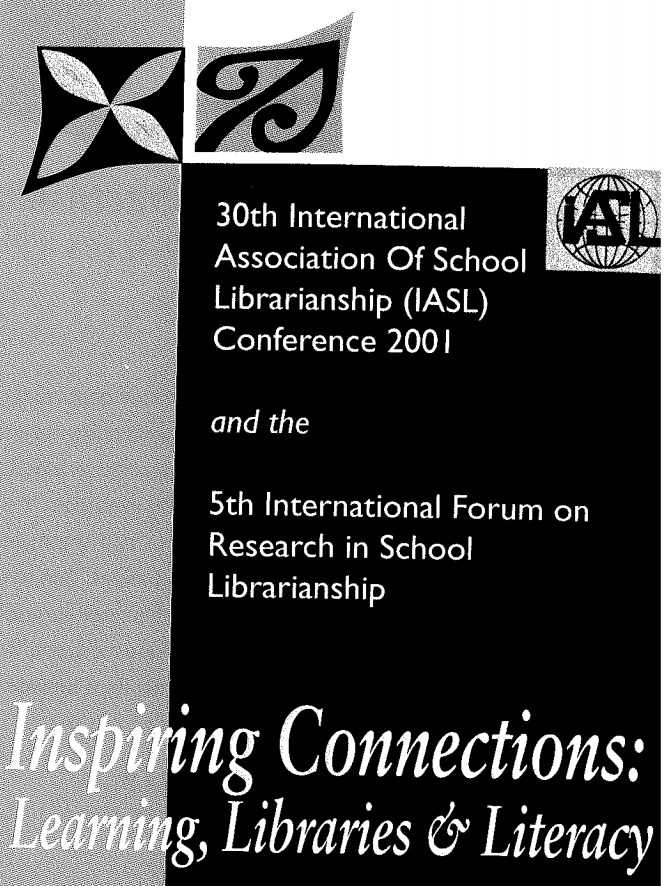Censorship in High School Libraries in Israel: An Analysis of School Sectorial Affiliation Effect
DOI:
https://doi.org/10.29173/iasl8113Abstract
Although school libraries have existed in Israel for several decades, some of them dating back to the 50's, the issue of censorship has not been studied. The objective of this full-blown study was to empirically assess the current state of censorship in a large sample of high school libraries in Israel, following an exploratory study. The sample comprised 98 high schools, from both the 'religious' and `nonreligious' sectors. The main research tool was a two-parts questionnaire, designed to be filled out during the researcher's visit to the library. Most librarians reported that some form of control, restriction or supervision was, always or very often, applied to books being added to the collection, usually by the head librarian, and/or the school principal. None of the libraries had any kind of written document, or even an unwritten statement specifying instructions or policy regarding book selection and acquisition. The librarians never mentioned any external pressure to censor the existing collection or books to be acquired, and clearly the censorship was strictly internal, initiated by the librarians themselves and other members of the school staff. In both sectors there was wide agreement on banning titles which included violence, hard pornography, racism and drugs, but there were considerable differences regarding 'soft' pornography, sexual permissiveness and books degrading the Jewish religion or its values, principles or commands. A comparison of four lists of specific titles against the catalogs showed that the non-religious sector libraries owned three times the percentage from the first list (explicit violence and sex), but only less than half the percentage from the fourth list ('Judaism'), compared to the religious sector. Interestingly, the religious group had lower percentages of both the `right-wing' and `left-wing' lists, due to its smaller collections, but had relatively more from the `right-wing' list than the `left-wing' one, while in the libraries of the non-religious sector the situation was reversed.
Downloads
Published
Issue
Section
License

This work is licensed under a Creative Commons Attribution-NonCommercial-ShareAlike 4.0 International License.




